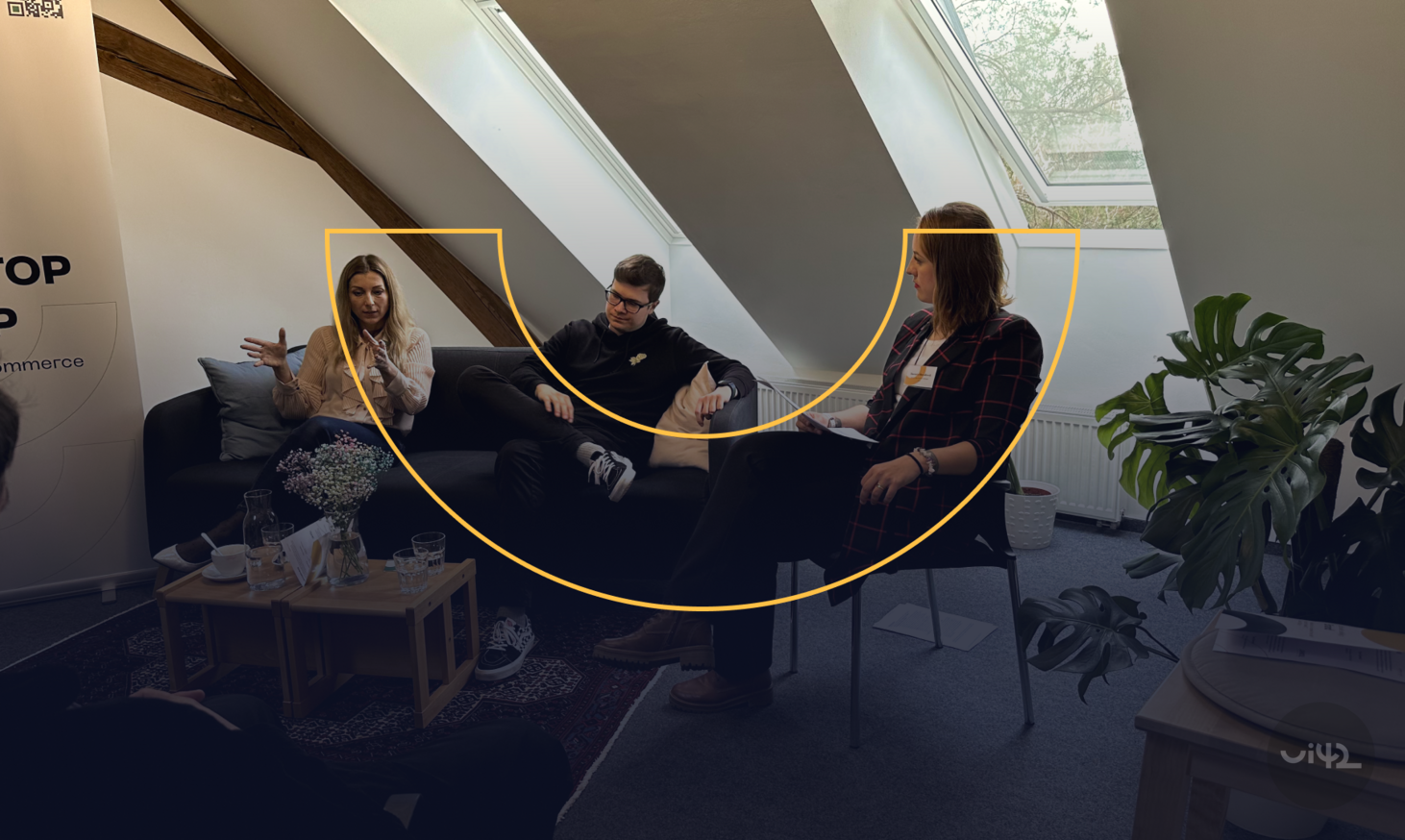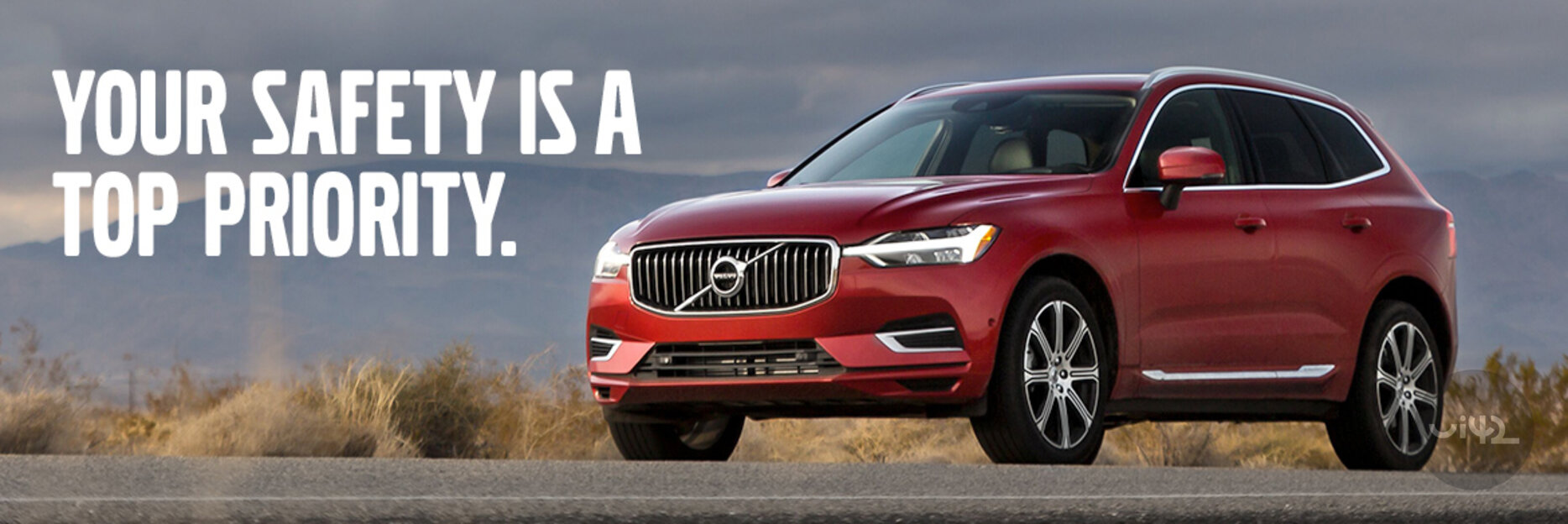A common question not only from our clients. But to get to the answer, let's summarize what a brand actually is and what are "those other campaigns".
On March 22, 2024, the second VIP event took place at ui42 for invited guests, this time on the topic of brand. In this blog, I will therefore ponder not only my own thoughts but also allow myself to paraphrase and support my statements with quotes from our speakers, representatives of strategic companies Jandl and Levosphere.

What is a brand?
Long story short: It is the intangible property of a company, business, or corporation. It's what increases the value of your company, makes you attractive in the eyes of clients, customers, business partners, or even investors. It simply carries your values. It is also the association that is created in the mind of your customer in connection with your brand. Whether you prefer the definition of the father of advertising, Ogilvy, or another branding expert, the essence is always the same.
On the other hand, it is also exactly what can harm you. If you do not have a good name, in the eyes of the public you are a "shady dealer" with, for example, questionable quality of services, it can very easily catch up with you in poor customer retention, expensive acquisition, difficulty in establishing new supplier or business-partner relationships, hiring, or obtaining new investments.

The role of a brand in any segment should definitely not be underestimated.
Let's give an example: you have 2 neighbors. One neighbor has a stable job, an orderly life (whatever that means to you) and you share the same views and values with him. The other neighbor can't hold down a job, his house regularly disturbs you with noise and you have practically nothing in common with him.
Both ask you for a short-term loan - who would you rather give it to?
This is also a brand, a personal one. Although it's a completely different league and the approaches, strategies, and opportunities for building a personal and corporate brand are different, in essence, they are based on the same foundations:
- on how you are seen by those around you
- and how you want to be seen by those around you
Everything else, such as: why, meaning motivation, or what is the goal are already KPIs of brand building. How you tell them is the actual distribution.
How to build a brand?
Building a brand is not about billboards and PR articles. Or to be precise, it's not JUST billboards and PR articles, because these can also be part of the media mix that you have chosen in your communication strategy.
In practice, building a brand means using meaningful mass communication built on emotion with a clear goal. The primary goal or main KPI is usually the same for companies: awareness or brand awareness, but the intention for which I need to gain recognition and knowledge of my brand can stem from different reasons. And this is where some brands end. They simply do not have clear answers to the question "Why?" and what is the goal.
Is it increasing turnover? Making PNL more effective? Do I need to recruit new people?
Each of these goals requires a different approach and a modified strategy.Do not expect the right universal recipe for setting up a brand campaign here. It is, I dare say, a science and sometimes it happens that even the best creatives make a mistake and the brand campaign fires differently than expected. But if you are to take anything away from this article, remember this:
7 recommendations for building a brand
- Building a brand is a marathon, not a sprint. It requires long-term and especially consistent work. Depending on the budget and goal, the first results of brand building can show after 9 - 12 months.
- When building a brand, and thus mass communication and distribution, your competition is everyone. Not just a direct competitor in the segment, but everyone who communicates at the same time and space. Just to complete the picture: on average, we see 10,000 ads a day.
- Compose omnichannel communication to connect online with offline.
- Nobody watches TV, they said. Yet it is still the largest channel with the most massive reach. However, not everyone can afford the entry costs for TV advertising, given the massive reach, the minimum price from which it is worth launching a TV spot is relatively high. So if your marketing budget does not consist of high tens of thousands of euros, I recommend other channels.
- However, you can also achieve a large reach with an online campaign.
- Be consistent. If you want to be premium, be premium not only in prices but also in quality, copywriting, brand of voice, visuals - create an emotion around your brand that will represent you more than a logo. Create an association like "Volvo = safety".

- The value and awareness of the brand can be measured. Therefore, do not underestimate regular monitoring, which will show you whether you have taken the right path.
When is the right time to work on the brand?
Yesterday was too late, or in the words of Juraj Pobjecký, Head of Brand at Isadore: "When a brand stagnates, it's the right time to kickstart the brand".
Building is just as much a fundamental and continuous essence of a successful business as, for example, customer care or Customer Experience.
So how much budget is enough budget?
The ideal absolute value is of course absolutely guesswork. However, recently, the most optimal path worldwide seems to be shifting the marketing budget from performance campaigns towards the brand. The reason is simple: a performance campaign is supposed to generate profit immediately. Ideally through products either through acquisition or remarketing. A brand campaign builds a relationship that supports the performance of other types of campaigns and especially - creates a longer-term bond with your brand.
In practice, in recent years we have seen more of a 75:25, or even 70:30 ratio to the detriment of the brand.
However, a global survey by the company Kantar shows that brands have verified that this model is difficult to sustain in the long run and therefore current trends are moving more towards a 50:50 or even a 40:60 ratio this time in favor of the brand. In Slovakia, this ship is turning only slowly, but one of the first brands to reverse this ratio is, for example, GymBeam.
Do you have a brand that is stagnating and you are not managing to grow? Contact us.













